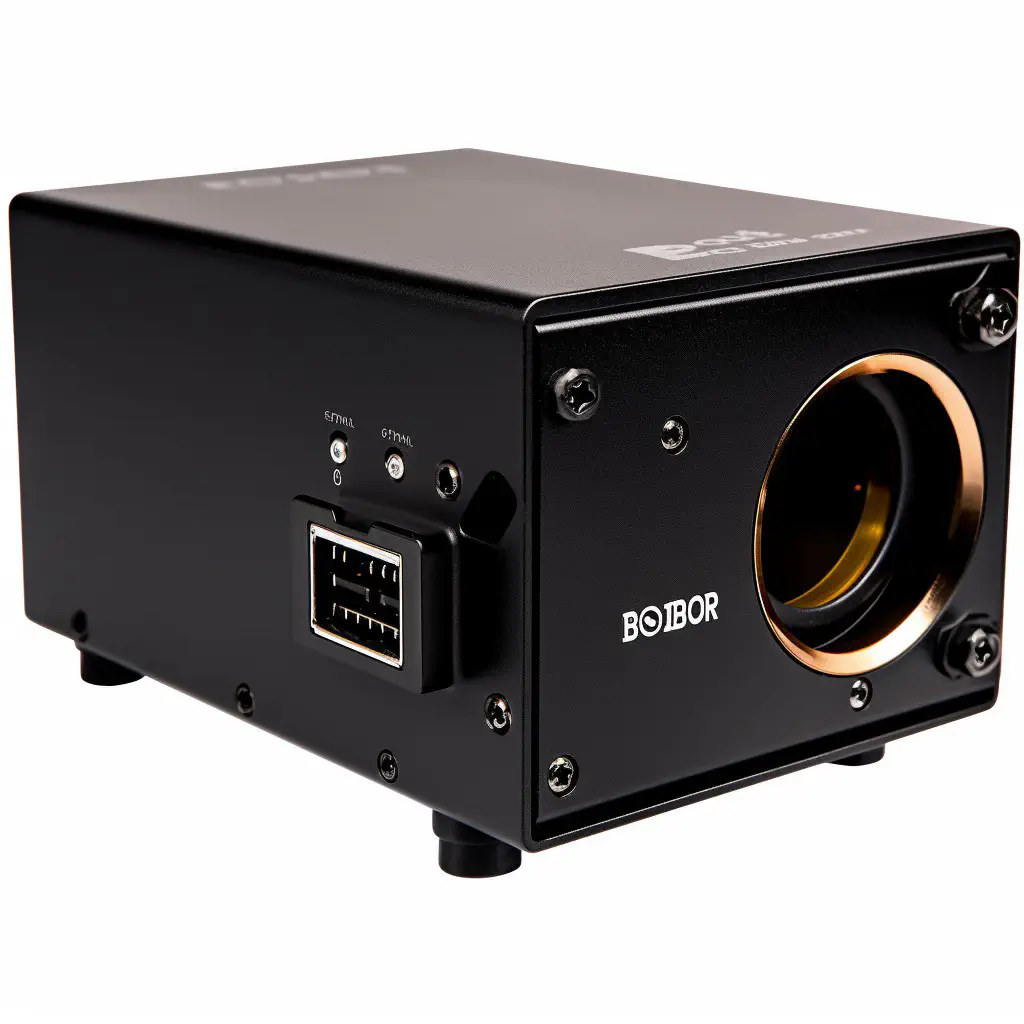
The Black Box method is a powerful tool for rapid learning in any field. It allows learners to focus on the outputs of complex systems without worrying about the internal workings of those systems. By understanding the input-output relationship of a system, learners can make accurate predictions and decisions without having to fully understand the system’s underlying mechanics.
What is the Black Box Method?
The Black Box method is a way of looking at a complex system by analyzing its inputs and outputs. In other words, it treats the system as a “black box” – something that takes inputs and produces outputs, without giving any information about the internal workings of the system.
The method was first developed in the field of engineering, where it was used to analyze complex electronic systems. However, it has since been applied to a wide range of fields, including data science, finance, and psychology.
How does the Black Box Method work?
The Black Box method works by analyzing the inputs and outputs of a system. This can be done by collecting data from the system, or by using simulation or modeling tools to create a virtual version of the system.
Once the inputs and outputs of the system have been identified, the relationship between them can be analyzed to identify patterns or trends. For example, if a certain input always leads to a certain output, this could be a sign of a strong relationship between the two variables.
By analyzing these relationships, learners can make predictions about how the system will behave in the future. They can also use this information to make informed decisions about how to interact with the system.
Advantages of the Black Box Method
There are many advantages to using the Black Box method for rapid learning. Some of the key benefits include:
-
Reduced complexity: By focusing on the inputs and outputs of a system, learners can simplify the learning process and avoid getting bogged down in the details of how the system works.
-
Rapid analysis: The Black Box method allows learners to quickly analyze complex systems and make predictions based on the input-output relationship. This can save time and resources compared to more traditional methods of analysis.
-
Ease of use: The Black Box method does not require learners to have a deep understanding of the underlying mechanics of a system. This makes it accessible to a wide range of learners, regardless of their background or level of expertise.
Applications of the Black Box Method
The Black Box method has a wide range of applications across many different fields. Some of the areas where it is commonly used include:
-
Finance: The Black Box method is used to analyze financial markets and make predictions about stock prices, interest rates, and other economic variables.
-
Data science: The method is used in data science to analyze large data sets and make predictions about customer behavior, sales trends, and other variables.
-
Psychology: The Black Box method is used to study the behavior of humans and animals, by analyzing the inputs and outputs of the nervous system and other physiological variables.
Conclusion
The Black Box method is a powerful tool for rapid learning in any field. By focusing on the inputs and outputs of a system, learners can simplify the learning process and make accurate predictions about how the system will behave in the future. The method has many applications across a wide range of fields, and its ease of use makes it accessible to learners of all levels.

